Why Hass Avocado Seeds Don’t Grow Into Hass Trees
- April 5, 2024
- 0 comment
Discover why Hass avocado seeds don’t grow into Hass trees and explore the surprising genetics behind avocado cultivation in our detailed guide.
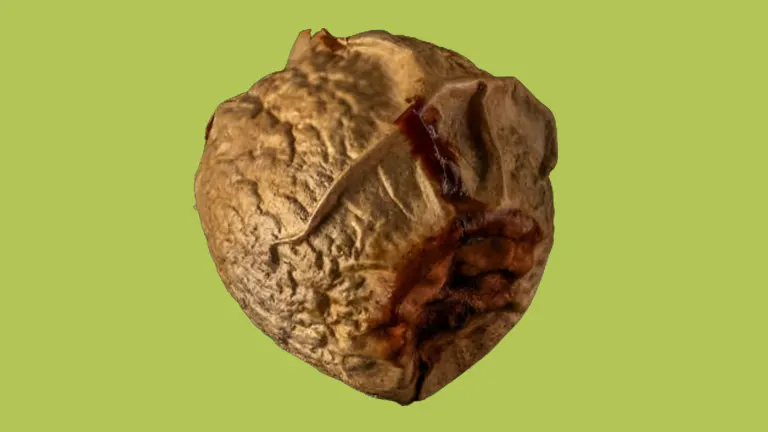
Have you ever savored a Hass avocado and thought about planting its seed to grow your own tree? Many believe that planting a Hass avocado seed will yield a tree laden with the same type of avocados. However, this is a common misconception, as avocado seeds, including those from Hass, Walden, Hall, or Monroe varieties, do not grow true to their parent’s type.
The Genetic Complexity of Avocados
Avocado trees are genetically diverse and do not grow true to seed. This means the seed from a specific avocado variety will not necessarily produce the same type of avocado. For instance, planting a seed from a delicious peach will result in a tree that bears similar peaches, because peaches grow true to seed. Key limes and grapefruits are other examples of fruits that reproduce faithfully from their seeds.
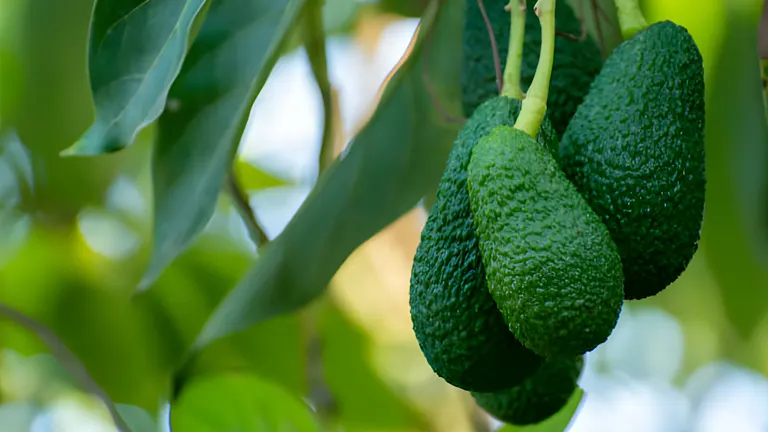
Contrastingly, with avocados, the offspring of a planted seed will yield a tree that bears fruit different from its parent. It’s a genetic gamble—most avocados grown from seeds turn out to taste vastly different, and often worse, than the fruit from which they came. This unpredictability is similar to the way apple seeds can produce crab apple trees with inedible fruits, a scenario familiar to many from regions like Scranton, Pennsylvania, where such trees are common.
Avocado Breeding: A Game of Chance
The journey of an avocado from seed to fruit is a complex one, influenced by genetic diversity. The process is akin to a genetic lottery, with the likelihood of reproducing the exact fruit being incredibly slim. For avocados, the odds are staggeringly low, with only one in ten thousand trees grown from seed producing palatable fruit.
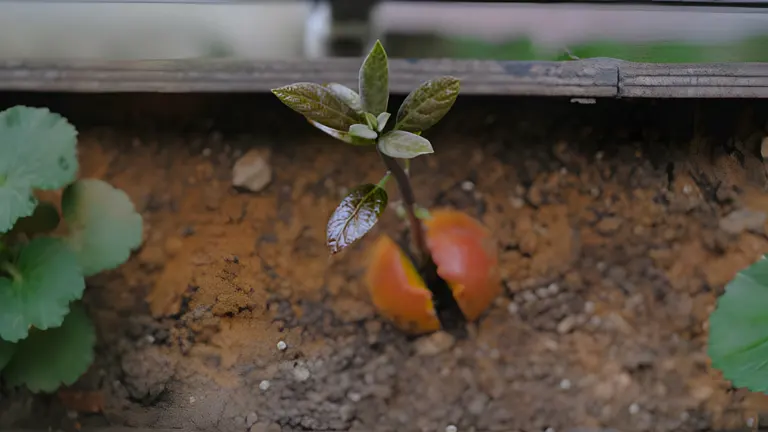
This rarity of desirable traits in avocado offspring led to the specific naming and patenting of successful varieties like Hass, which was an exceptional find by Rudolph Hass. His accidental discovery, stemming from a failed grafting attempt, led to the creation of the Hass avocado, now a staple in the global avocado market.
The Role of Grafting in Avocado Cultivation
To circumvent the unpredictability of seed-grown avocados, grafting is employed. Grafting involves joining a branch from a tree with desired fruit traits (the scion) to a seed-grown tree (the rootstock). This technique ensures the propagation of the specific avocado variety, like Hass, by essentially cloning the fruit-producing capabilities of the scion tree.
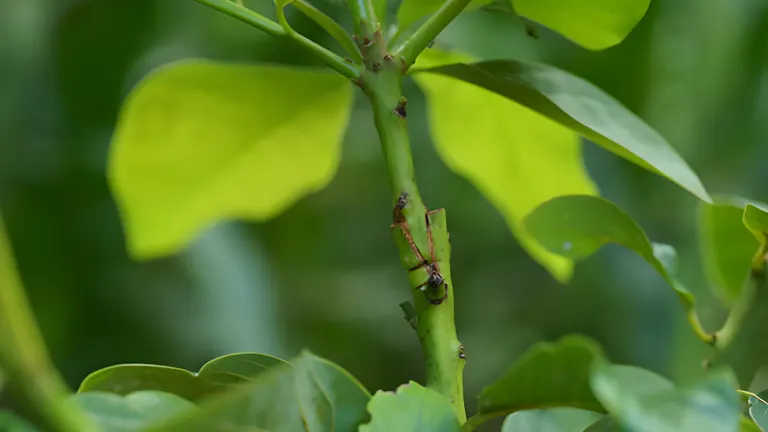
Through grafting, you can achieve a tree that produces avocados identical in taste and quality to the desired variety, bypassing the genetic roulette of seed growth. This method is a cornerstone in cultivating consistent and high-quality avocado fruits in commercial and personal orchards.
The Intriguing World of Avocado Flavors
Imagine an avocado tree producing fruit that tastes like Skittles or caramel; these are the surprising possibilities in the world of avocado genetics. Through cross-pollination and the ensuing genetic mix, an array of unexpected flavors can emerge. While the chance of striking a perfect blend like a peanut butter and chocolate-flavored avocado is slim, it highlights the fascinating diversity and potential within avocado genetics.
Historical Context of Avocado Cultivation
The journey of the avocado from its wild origins in the Mesoamerican forests to the global superfood status it enjoys today is a tale rich with cultural exchanges and horticultural milestones. The cultivation of avocados has a storied past, deeply intertwined with the history and development of various civilizations, particularly those in Central and South America.
Pre-Columbian Origins
The avocado’s history began thousands of years ago in the region now known as Mexico, where ancient peoples such as the Aztecs and the Maya revered it not only as a food source but also for its symbolic significance. They called it “ahuacatl” which the Spanish later transliterated to “aguacate” and eventually, it became known as “avocado” in English. These early cultivators selectively bred avocados, a practice that gradually transformed the fruit from small, fibrous, and watery versions to the larger, creamier fruits we are familiar with today.
European Introduction and Global Spread
The Spanish conquest of the Americas in the 16th century led to the introduction of avocados to Europe and subsequently, to the rest of the world. Spanish explorers and colonists, fascinated by the unique flavor and texture of the fruit, brought it back to Europe, laying the groundwork for its global journey.
Rudolph Hass and the Hass Avocado
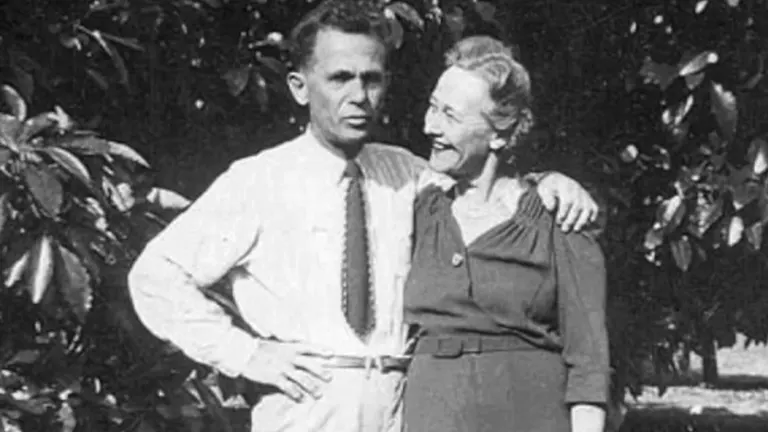
A significant figure in the history of avocado cultivation is Rudolph Hass, a postman in California who purchased avocado seedlings in the 1920s. One of these seedlings grew into the first Hass avocado tree. Despite initially planning to graft it with another variety, Hass allowed the seedling to grow naturally. The resulting fruit was distinctively richer and creamier than other avocados of the time and had a longer shelf life, making it commercially viable and popular with consumers.
Hass patented his tree in 1935, marking the first patent ever granted for a tree in the United States. The Hass variety, known for its nutty flavor and pebbly skin, has since become the most widely consumed avocado in the world, accounting for approximately 80% of all avocados eaten globally.
Cultural Influence on Avocado Varieties
Different cultures have influenced the development of various avocado varieties, tailoring cultivation methods to suit their local environments and culinary preferences. For instance, Caribbean avocados are larger with smoother skin and lighter flavors, reflecting the tropical tastes and climatic conditions of their regions.
In modern times, the avocado has become a symbol of health and wellness, highly prized for its nutritional benefits. Its history of cultivation is a testament to human ingenuity and the fruit’s ability to adapt and flourish in diverse environments.
Nutritional Information: The Health Benefits of Avocados
Avocados are not just a culinary delight; they are also a powerhouse of nutrition, offering a multitude of health benefits. Here’s a detailed breakdown of the nutritional content and advantages of including avocados in a balanced diet:
Avocados Nutritional Breakdown
- Calories: A medium-sized avocado contains about 240 calories.
- Fats: Avocados are rich in healthy monounsaturated fats, particularly oleic acid, which is known to reduce inflammation and have beneficial effects on genes linked to cancer.
- Fiber: With about 10 grams of fiber in a medium-sized avocado, it contributes significantly to digestive health and helps maintain a feeling of fullness.
- Vitamins and Minerals: Avocados are a good source of several vitamins and minerals, including:
- Vitamin K: Essential for blood clotting and bone health.
- Folate (Vitamin B9): Crucial for normal cell function and tissue growth, making it particularly important for pregnant women.
- Vitamin E: A powerful antioxidant that protects against free radical damage.
- Vitamin C: Necessary for the immune system and skin health.
- Potassium: Supports heart health and regulates blood pressure; avocados contain more potassium than bananas.
- B-Vitamins (B5, B6): Aid in energy metabolism and brain function.
Avocados Health Benefits
- Heart Health: The monounsaturated fats in avocados can improve heart health by lowering bad cholesterol levels and increasing good cholesterol. Additionally, the potassium content helps in regulating blood pressure.
- Weight Management: The fiber and fat in avocados contribute to satiety, reducing overall calorie intake by making you feel full longer, which can assist in weight management or loss.
- Blood Sugar Regulation: Avocados have a low glycemic index, meaning they have a minimal impact on blood sugar levels. The fats and fiber slow the digestion of carbohydrates, preventing spikes in blood sugar.
- Vision: Avocados contain lutein and zeaxanthin, antioxidants that are beneficial for eye health, reducing the risk of macular degeneration and cataracts.
- Bone Health: Vitamin K in avocados plays a crucial role in bone health by increasing calcium absorption and reducing urinary excretion of calcium.
- Digestive Health: The fiber in avocados not only aids in digestion but also helps maintain a healthy gut microbiome.
Conclusion
The journey from a Hass avocado seed to a fruit-bearing tree is laden with genetic twists and turns. The common belief that seed will produce a tree identical to the parent is debunked by the complex genetic nature of avocados. Through understanding grafting and the genetic diversity of avocados, we gain insight into the sophisticated processes that bring us the beloved Hass avocados and other varieties. This knowledge not only enriches our appreciation for these creamy, delectable fruits but also illuminates the intricate dance of nature and nurture in the world of plant cultivation.
FAQs
- Can you grow a Hass avocado from seeds?
While you can plant a Hass avocado seed, it won’t produce Hass avocados due to genetic diversity. To grow a Hass avocado, purchasing a grafted seedling is necessary. - Why isn’t my avocado seed growing?
An avocado seed may not grow if it’s not in the right germination conditions. To start germination, wrap the seed in a wet paper towel and place it in a ziplock bag. - Are Hass avocados clones?
Yes, all Hass avocados come from trees propagated by cuttings from the original Hass tree, ensuring genetic consistency. - How do you plant a Hass avocado tree?
Remove the seedling from its container, place it in a hole where the root ball sits slightly above the soil level, then backfill and gently tamp down the soil. - Is Hass avocado grafted?
Yes, the Hass avocado is typically grafted, which allows the trees to bear fruit earlier, often within the first few years. - Can a damaged avocado seed still grow?
A cracked avocado seed can grow if the damage is minor and does not affect the internal parts. However, severe damage may prevent germination. - Why are they called Hass avocados?
They are named after Rudolph Hass, a mail carrier and amateur horticulturist who first grew and marketed this variety. - How do I know if my avocado seed is growing?
First, roots emerge from the flat end of the seed, followed by a sprout or stem from the pointed end. Look for a small shoot and tiny leaves developing on it. - What is the lifespan of an avocado seed?
Avocado seeds from Guatemalan and Mexican varieties can be stored under refrigeration for 8 to 15 months at 5.5°C and 90% relative humidity. - Why is my avocado seed turning red?
Avocado pits turn red when exposed to oxygen because of the high concentration of tannin, which reacts and changes color upon contact with air.
We hope this exploration into the fascinating world of avocado cultivation has provided you with new insights and maybe even sparked a curiosity for more. What are your experiences with growing avocados, or do you have any avocado-related stories to share? Drop your thoughts and stories in the comments below – we love hearing from you and learning together! Let’s continue to share and grow our knowledge about these amazing fruits.

David Murray
Forestry AuthorI'm David Murry, a forestry equipment specialist with a focus on chainsaw operation. With over 13 years of experience, I've honed my skills in operating and maintaining a wide range of machinery, from chainsaws to log splitters. My passion for the outdoors and commitment to sustainable forestry drive my work, which emphasizes safety, efficiency, and staying updated with industry advancements. Additionally, I'm dedicated to sharing my expertise and promoting environmental awareness within the forestry community.












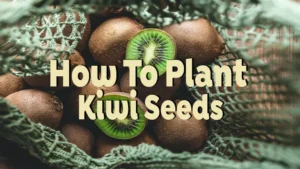
Leave your comment